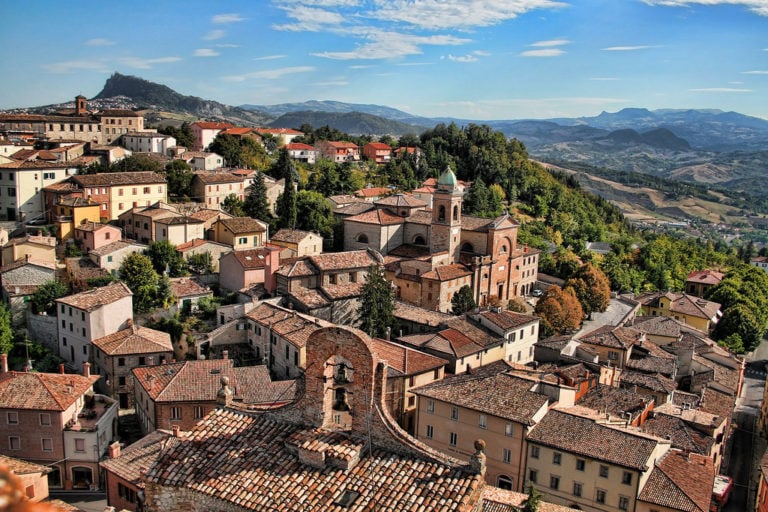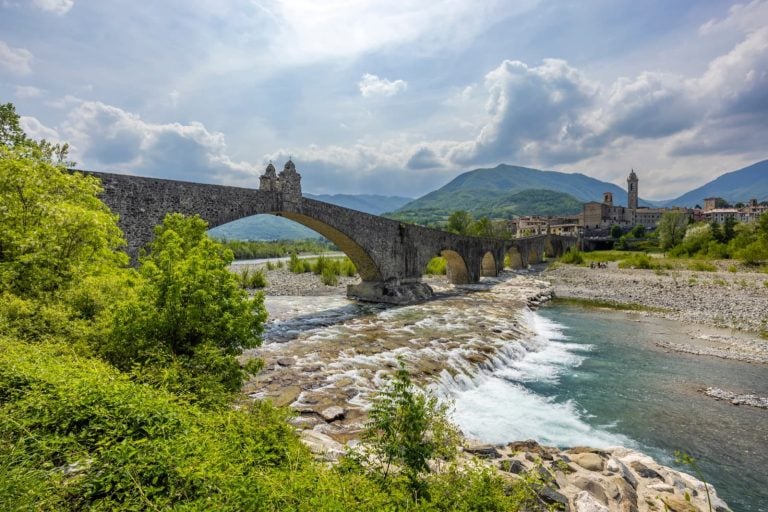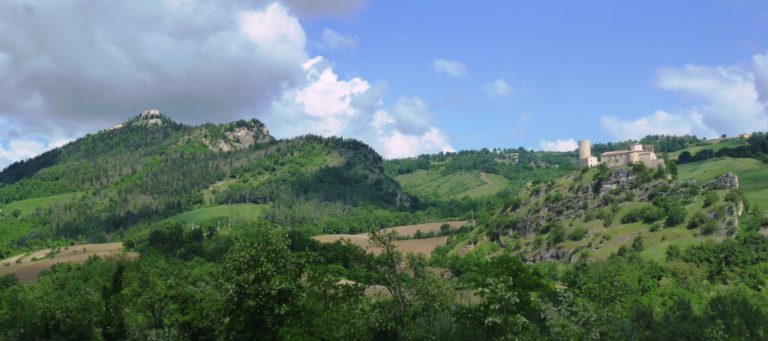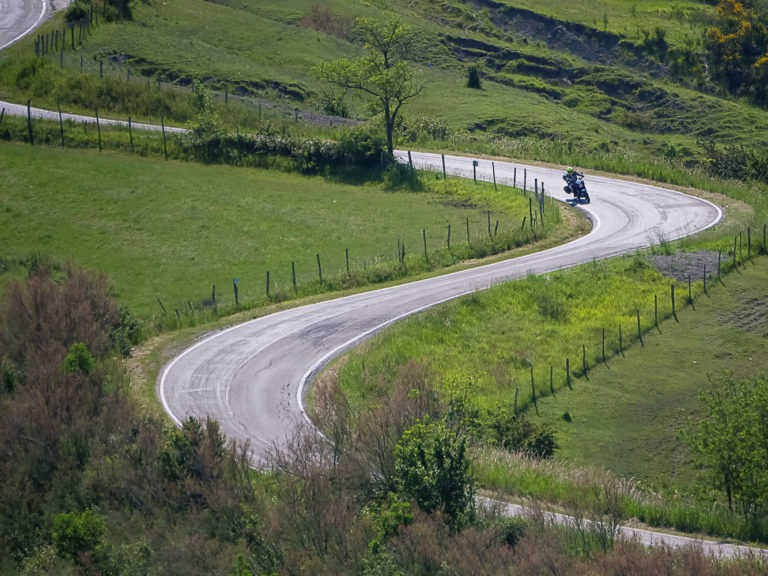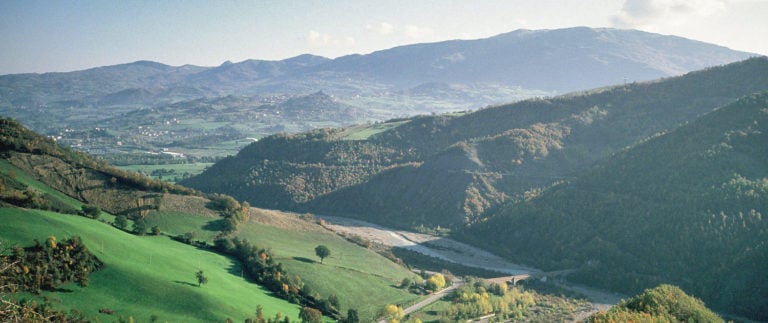Verucchio, the ancient town commanding the Marecchia valley, is strategically positioned between the sea and the hills. The Malatesta dynasty was born here, with founder “Mastin Vecchio” Malatesta da Verucchio, and the town was also an important centre of Villanovan civilization in the Iron Age. With history, tradition and culture aplenty, Verucchio is one of the Italy’s most beautiful towns, and can boast the Orange Flag status. If you’re in Romagna, it’s simply a must.
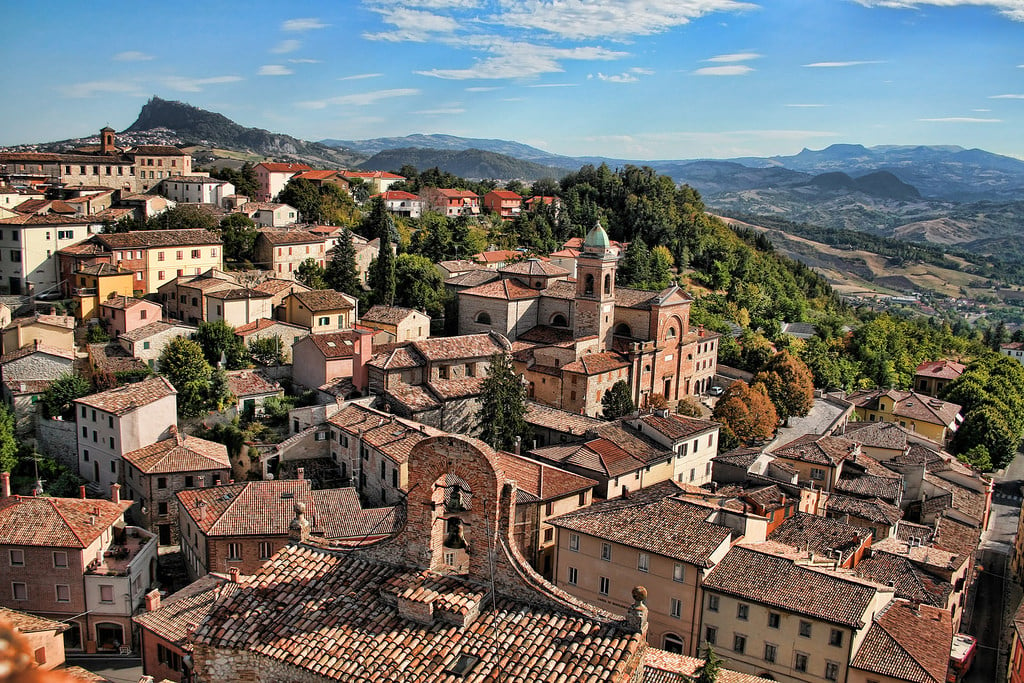
Verucchio
Verucchio has lots to offer all year round, with its array of historic medieval buildings and its lofty location with gorgeous views all round. The town nestles across two hilltops, once crowned by powerful castles – the Passarello, now a convent, and the Sasso, one of the best-preserved Malatesta fortresses, built to dominate the village, the valley and the plain. Below it lies the heart of the old town, with Piazza Malatesta and the town hall, the 18th-century Palazzo Giungi and the neoclassical Palazzo Bedetti. On a clear, sunny day, the view is simply breathtaking, and the eye roams from Valmarecchia in the south-west to the majestic Rimini coast in the north-east. Verucchio Music Festival is an event not to miss – I remember a concert by Bregovic a few years ago – and the old town is simply a must if you’re looking for a real cultural gem not far from all the renowned beaches.
PS: The village is called Verucchio (not Verrucchio, as the uninitiated often seem to call it).
History
The story of Verucchio goes back about three millennia to the Villanovan and then Etruscan civilisations, before it eventually became the home of the Malatesta family. Verucchio saw the sunset of the Etruscan society, came under the spell of Roman goddesses, enjoyed its position on the Via Flaminia and Via Aemilia consular routes near Rimini, and basked in the Renaissance splendour of the Malatesta dynasty. The name derives from the Latin verruculus, meaning a small hill with commanding views of the surrounding countryside.
What to see
Why not explore Verucchio in chronological order, starting from the Archaeology Museum in the Monastery of the Augustinian fathers. It’s a treasure trove of art and culture from the Rimini hinterland, with an exceptionally preserved array of amber jewellery, wool and linen fabrics, woollen baskets, wooden furnishings, food offerings and other finds from Verucchio’s Villanovan-Etruscan necropolis. Then move on to one of the town’s oldest buildings, the Romanesque church of Sant’Antonio, dating from 990, on the road down the valley to Villa Verucchio. While you’re there, catch a glimpse of the Franciscan monastery that tradition has it was founded by St Francis of Assisi in 1213; he is supposed to have planted the giant cypress in the cloister himself.
Press on to the Malatesta fortress, aka Rocca del Sasso, a large and well-preserved example of the genre; the road up to the top will certainly get your circulation going. Inside, admire the great hall with the impressive Malatesta family tree, the two courtyards, the halls of the baronial palace, the tower and dungeons; outside, the large terrace offers a superb panorama stretching from the Apennine ridges to the Adriatic. Passarello fortress is also worth a look; the convent of the Nuns of Santa Chiara was built over what remained of it in the 17th century. Its ancient gateway into the town along the walls of St George was rebuilt in 2001 with original materials.
The Collegiate Church of St Martin was built in the late 19th century, although the plan echoes baroque and Renaissance motifs. The church has a fine collection of artworks. The great altarpiece of St Martin giving his mantle to the poor was painted by Giovan Francesco Nagli, known as Centino, while the crucifix panel painted by an unknown Rimini artist of the early 14th century is especially fine. A perfect spot for a relaxing break on a summer bike ride is the Turtle Fountain (from the 1950s) in front of the town hall in Piazza Malatesta. In sum, whether art, culture or scenery is your bag, there’s no shortage of sights to see and corners to explore in Verucchio.
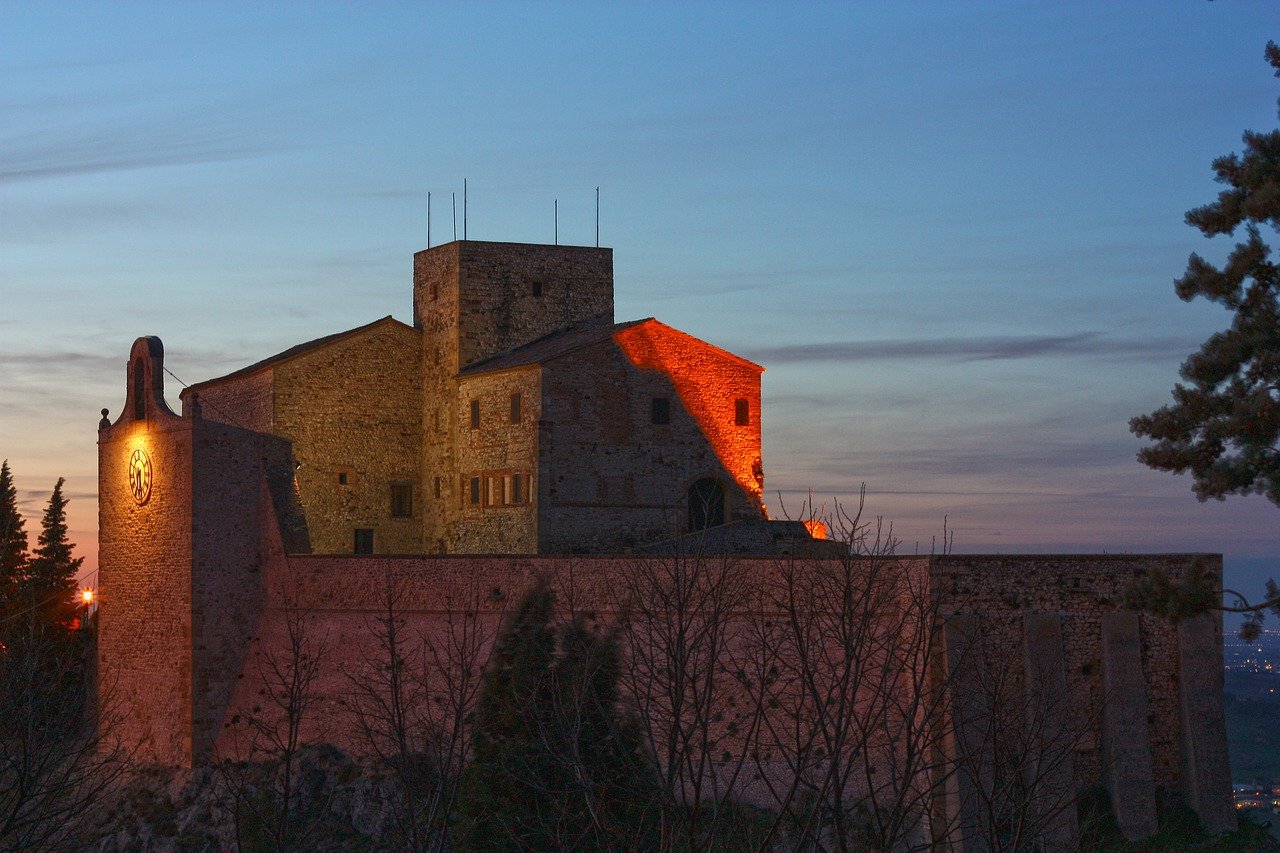
Emilia Romagna Rocca Verucchio Italy Rimini
What to do
Spring
– Walk at least one stage of St Francis’ Way from Rimini to La Verna.
– Go abroad for a day with a visit to the Republic of San Marino, just 7 or 8 miles away.
Summer
– Visit Marecchia park: a riverside cycle path threads through the whole valley and on to the Tuscan border.
– Climb the rock wall beneath St Augustine’s monastery and visit the Ca’ Brigida WWF reserve.
Autumn
– Go hunting for the landscapes that inspired the art of Piero della Francesca, maybe on a guided tour of Montefeltro’s Renaissance scenes with the Balconi di Piero viewpoints.
– Pick up a club for the first time or take your game to the next level at the American-inspired 18-hole golf course at Villa Verucchio.
Winter
– Tour the Malatesta and Montefeltro castles, including in nearby Sant’Agata Feltria, with its famous Christmas fair.
– Visit the mysterious caves that burrow under the old town that once linked the Sasso and Passerello fortresses and are now used as wine cellars.
Events
– The celebrations of the 6th centenary of Sigismondo Pandolfo Malatesta’s birth: A packed calendar of events begins on June 18th with A Day in the 15th Century.
– Verucchio Music Festival Every year, the Sagrato della Collegiata church hosts one of Italy’s finest music festivals, with a programme of unparalleled variety and quality under the artistic direction of pianist Ludovico Einaudi.
– Medieval dinners On August there are red-letter days for history lovers, with traditional food and entertainment from a local theatre company. The castle’s 14th-century great hall provides an exceptional location.
– Santa Croce Fair This fair of livestock and the old trades, also known as Fira di Quatorg, is the cornerstone of Verucchio’s folk tradition, held in September. The old streets are abuzz with the old craft trades and the sounds of the farm, as Verucchio celebrates its traditions.
– The Bagoin fair is in January. The ancient peasant tradition of slaughtering the pig, in a two-day celebration of pork delicacies to the unmistakable cheery sound of Romagna folk music.
Food and Wine
In Romagna, the piada or “rough bread of Rome” is everywhere, from the world of the Etruscans to Pascoli’s poetry. And if you prefer yours filled, the recipe is right here. The area is bedecked with olive groves, and extra virgin olive oil is the hallmark of a culinary tradition that’s as old as the hills. There are many varieties. Some have a fruity tang; others are bitter. Some have an almond aftertaste; others, a lingering aroma of spice. They are all excellent with cold cuts or Romagna’s traditional meat and fish specialities, especially on the grill.
Famous characters
Malatesta da Verucchio, or “Mastino Vecchio” (the “old mastiff”), one of the great figures in his noble family, was Lord of Rimini from 1295 until his death in 1312. Dante mentioned him in the Divine Comedy, for he drove out all the rival Ghibelline families.
Pilgrim paths and walking trails
Just a few miles from Verucchio, Villa Verucchio marks the end of the 1st stage and the start of the 2nd stage of St Francis’ Way from Rimini to La Verna.
Monumental trees
Have a look at the downy oak at Villa Verucchio.
The [Emilia Romagna Villages] section is dedicated to Villages that are part of the Associations Borghi più belli d’Italia, Bandiere Arancioni del Touring Club & Borghi autentici d’Italia.
Author
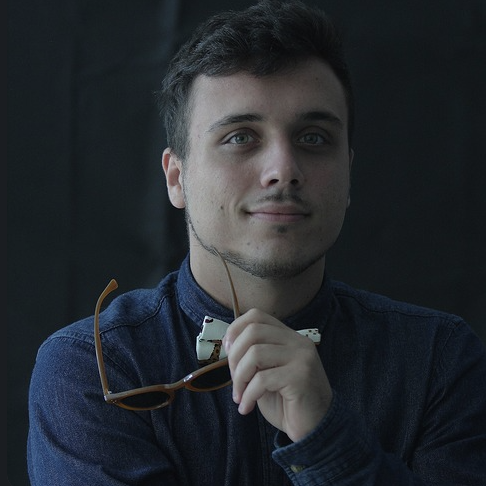
Arturo Castellini
I am a curious explorer from Emilia-Romagna and usually spend my time planning my next trip, searching for the most authentic traditions of the Italian hinterland.
You may also like
The most beautiful Italian Villages in Emilia-Romagna
by Elisa Mazzini /// November 26, 2024
The “Orange Flag” Villages in Emilia-Romagna
by Elisa Mazzini /// December 10, 2024
Saint Francis’s walk from Rimini to La Verna
by Arturo Castellini /// October 20, 2017

Interested in our newsletter?
Every first of the month, an email (in Italian) with selected contents and upcoming events.
From Rimini to Urbino by bike: on the traces of Piero della Francesca
by Davide Marino /// June 27, 2017
